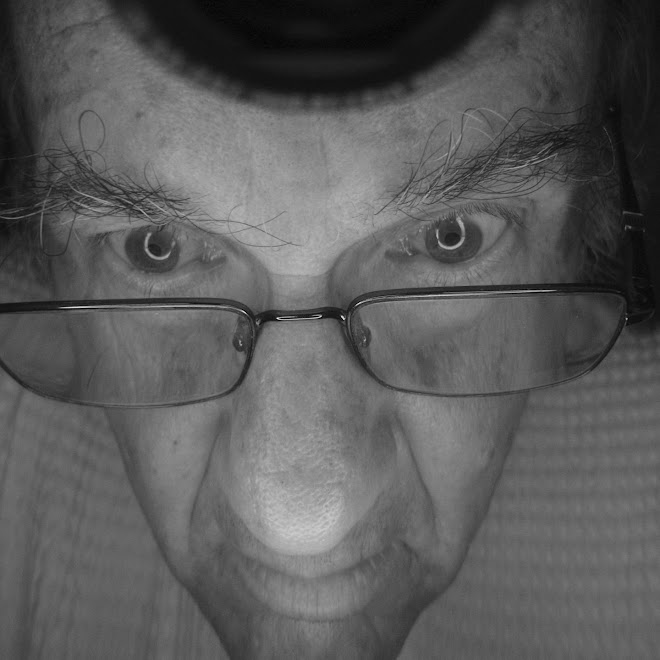We found a box of Polaroids in the darkroom. Larry took them nearly 30 years ago. Through their curious magic, we became nostalgic about the content, which we had never actually encountered. When asked about the pictures, all Larry had to say was that Polaroid had long ago given him a free camera and tons of film, and that he had a lot of fun with it.
Polaroid has recently experienced a large resurgence in popularity. We spoke with three fiercely emerging photographers, Mike Brodie, Ying Ang and Annalisa Gonnella, who are working on projects involving Polaroid. Using their impressions of and feelings about the medium, we attempt to explore the nature and popularity of the Polaroid.
Polaroid has recently experienced a large resurgence in popularity. We spoke with three fiercely emerging photographers, Mike Brodie, Ying Ang and Annalisa Gonnella, who are working on projects involving Polaroid. Using their impressions of and feelings about the medium, we attempt to explore the nature and popularity of the Polaroid.
 Photo ©Mike Brodie
Photo ©Mike Brodie
Everyone agrees that Polaroid's recovery is tied to two factors. One is a general desire in the culture for products, which have the mark of the old, of time. "People really like clinging on to old stuff" (Mike Brodie). The second was the decision by PLR IP Holdings, LLC., Polaroid's parents company, to begin producing the film again. This decision placed Polaroid in a position to profit from the ongoing debate in the photographic world between analog and digital technology.
Perhaps Polaroid's greatest strength is its familiarity, an analog landmark in an increasingly digital market. The company is one of the most famous camera brands in the world. Moreover, the form of the photographs, the square and the color as well as the speed with which they develop, combine to create a photographic experience familiar to almost anyone.
This photographic experience is rooted in a very specific materiality. The Polaroid is an object of satisfying immediacy. Within minutes, the subject is captured and developed into a hard copy, a tangible artifact. We see an image emerge from chemicals, mimicking the darkroom; a magic act that proves to us that time exists, placing the Polaroid instantly into the category of memory. These artifacts are fun and as they accrue, stuffed into shoe boxes, they develop into powerful, disjointed, narrative sequences. "They stack up like playing cards, and you shuffle through them and look back on photos you took" (Brodie).
Perhaps Polaroid's greatest strength is its familiarity, an analog landmark in an increasingly digital market. The company is one of the most famous camera brands in the world. Moreover, the form of the photographs, the square and the color as well as the speed with which they develop, combine to create a photographic experience familiar to almost anyone.
This photographic experience is rooted in a very specific materiality. The Polaroid is an object of satisfying immediacy. Within minutes, the subject is captured and developed into a hard copy, a tangible artifact. We see an image emerge from chemicals, mimicking the darkroom; a magic act that proves to us that time exists, placing the Polaroid instantly into the category of memory. These artifacts are fun and as they accrue, stuffed into shoe boxes, they develop into powerful, disjointed, narrative sequences. "They stack up like playing cards, and you shuffle through them and look back on photos you took" (Brodie).
 Photo ©Mike Brodie
Photo ©Mike Brodie
The structural limitations of the Polaroid, the square format and lack of zoom, create formal parameters, which challenge and stimulate photographers. "With the Polaroid, I get much closer and shoot in a more subjective, intimate way... I've realized that the square format forces me to truncate my subjects in unusual ways to compose a dynamic frame, or at least an unexpected one" (Ying Ang).
 Photo ©Ying Ang
Photo ©Ying Ang
In addition to forcing angles and compositions photographers would normally not employ, the Polaroid's lack of focus creates an inherent element of chance. "To me, this means the possibility to be free in a kind of vision whereby the image must take care of itself" (Annalisa Gonnella).
 Photo ©Annalisa Gonnella
Photo ©Annalisa Gonnella
Another familiar and important aspect of Polaroid's is their color palette. "Muted palettes, creams, burgundies and jade green- what's not to like" (Ying Ang)? The color combines with soft focus to create images existing in the suspended time of a dream. The everyday appears to us as if from a great distance. Through "this faded, dull tone, you are instantly presented with the reverse of your vision, that is, with a memory" (Annalisa Gonnella).
All things considered, Polaroid's aesthetic features have cracked the code for producing a sense of remembrance and nostalgia. In a world where technology has compounded and destabilized the categories of identity and memory, PLR IP Holdings, LLC., is betting that people will continue to respond to Polaroid as a means of creating connections to their own lives.
-M.C. Newton & Dani Bogenhagen
All things considered, Polaroid's aesthetic features have cracked the code for producing a sense of remembrance and nostalgia. In a world where technology has compounded and destabilized the categories of identity and memory, PLR IP Holdings, LLC., is betting that people will continue to respond to Polaroid as a means of creating connections to their own lives.
-M.C. Newton & Dani Bogenhagen
To see more work by the interviewed artists check out the following links:
Ying Ang
Mike Brodie
If you're interested in seeing more work by other photographers who work with Polaroids check out the work of Lucas Samaras and Les Krims.
To see more of Larry's Polaroids check out our blog post "Contents of a Box."



No comments:
Post a Comment